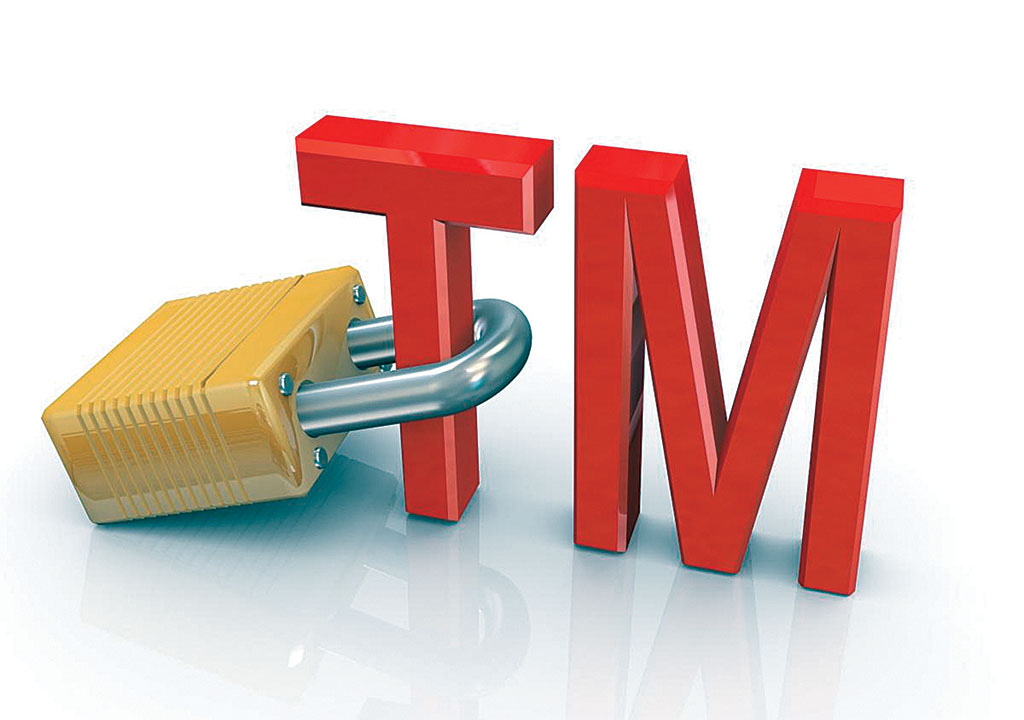
The purchase of two wide-body Airbus A330-200s by the national flag carrier should have been a cause of celebration. But the negative headlines generated by the procurement of the largest aircrafts by a Nepali airline have brought Nepal Airlines’ dealing into disrepute.
The first and most frequent criticism relates to the purchase of the aircraft from a third-party company instead of from an aircraft manufacturer. While arguably a reading of the Public Procurement Act of Nepal does allow Nepal Airlines to procure the aircraft directly from the aircraft manufacturer, following the public procurement law and a competitive bidding process naturally results in the best result (lowest cost) for Nepal Airlines.
Additionally, the aircraft manufacturers were free to bid but they wouldn’t be able to deliver within mid 2018 as required by Nepal Airlines. It must be understood that the manufacture of an aircraft is a very expensive and time-consuming venture that involves a multitude of suppliers across multiple nations. Also, for popular aircrafts such as the A330, which take almost a year to build in full, there is a queue of airlines that have made an order and are awaiting manufacture and delivery of their aircraft.
If Nepal Airlines were to purchase the aircraft from the manufacturer directly, delivery would not have occurred sooner than 2019 because of the back log of orders for that particular aircraft type. Therefore, effectively, Nepal Airlines paid the third party to “take its place” in this queue and thus was able to take delivery of the aircraft in 2018.
While the aircraft is “second hand” in the strictest sense since it was purchased from a third party, it was a new aircraft for all intents and purposes and delivery was from Airbus directly, within hours of delivery by Airbus to the third party.
A second consequence of having to stay in a queue is that the price of an aircraft is dependent on inflation and labour costs, and prices are only finalised closer to delivery date. And yet, to ensure that the price was competitive, we were successful during negotiations to build in a hard cap on the increase in price, and so the amount paid per aircraft was still lower than the next lowest bidder. Indeed, the price eventually paid is 55% less than the price of the aircraft as published by Airbus.
One may question, why Airbus was chosen over Boeing (while there are other aircraft manufacturers, realistically only Airbus or Boeing can provide the necessary aircraft to cater to an airlines’ needs). It must be noted that the cost of running an airline is not limited to the cost associated with acquiring the aircraft. As Nepal Airlines already operates a fleet of two modern Airbus A320s (the Boeing 757s are too old and due for retirement soon), from a maintenance perspective owning other aircraft from the same manufacturer will lead to substantial cost savings.
Another criticism has been made regarding the serial number of the aircraft. As mentioned before, all aircraft orders are on a queue and as the older orders are fulfilled, the manufacturer will work on the next aircraft in the line. However, if the advance payments are not made on time, then the manufacturer is not going to stop its assembly line due to the delay of any one customer in paying such advances. This is because the aviation business is highly sensitive to schedule changes, and any delay in delivery to a customer later in line will result in the manufacturer having to pay stiff penalties. Each aircraft is built to the specification of the customer, and so it’s not a simple case of the manufacturer being able to assign that aircraft to another customer. So, if a customer has not paid the advances, then the manufacturer will not start work on that aircraft. The much talked about “Manufacturer Serial Number” (MSN) that is assigned at the time of signing of the purchase agreement is subject to change, and indeed that is exactly what happened when Nepal Airlines faced delays in sending the advance of US$ 40 million per aircraft.
The last argument forwarded by the critics about the deal is regarding Nepal Airlines’ need for such an aircraft. The decision to purchase the aircraft has been made after a business case study by the management of Nepal Airlines. Indeed, until the 90s, Nepal Airlines flew to far flung destinations in Europe and during a time of such economic prosperity, non-stop flights to Nepal at an affordable price will encourage passengers to choose Nepal as their holiday destination and will provide a boost with the upcoming Visit Nepal Year 2020. While the European airspace is closed to Nepali airlines, the Civil Aviation Authority of Nepal are working with their European counterparts to lift the ban, allowing Nepal Airlines to fly to London in particular, and all of a sudden, the business case for the wide body aircraft acquisition will make a lot more sense. In any case, catering to the current proposed destinations including South Korea and Japan, allied with the boom in aviation seen in Nepal (demonstrated by the capacity constraints at Tribhuvan International Airport and the building of two new international airports), the future of Nepal Airlines should be viewed optimistically.
Additionally, having a large fleet will result in Nepal Airlines being agile and can respond to emergency situations much better. A large fleet will mitigate delays caused when any of the aircraft are grounded (which admittedly happens quite often). This is a common practice within the aviation industry. Comparing Nepal Airlines (5 Airbus and Boeing passenger aircrafts; serving a population of about 30 million with a per capita GDP of US$ 2500) with Ethiopian Airlines (77 Airbus and Boeing passenger aircrafts; serving a population of over 100 million with a per capita GDP of US$ 2300) and SriLankan Airlines (27 Airbus passenger aircrafts; serving a population of about 22 million with a per capita GDP of US$ 14,000), it is evident that Nepal Airlines’ fleet is still not sufficiently large enough. And while scrutiny of a public corporation is essential to ensure efficiency, critics must first understand the reasoning behind the transaction.
Avash Pandit is an Associate at Gandhi & Associates providing transactional and contractual advisory to clients, Disclosure: The author was the lead Legal Adviser to Nepal Airlines on the acquisition and delivery of the two-wide body Airbus A330-200s.He was involved in the transaction, acting as legal adviser to Nepal Airlines in the negotiations of the purchase agreement and subsequently the delivery of the aircrafts.





